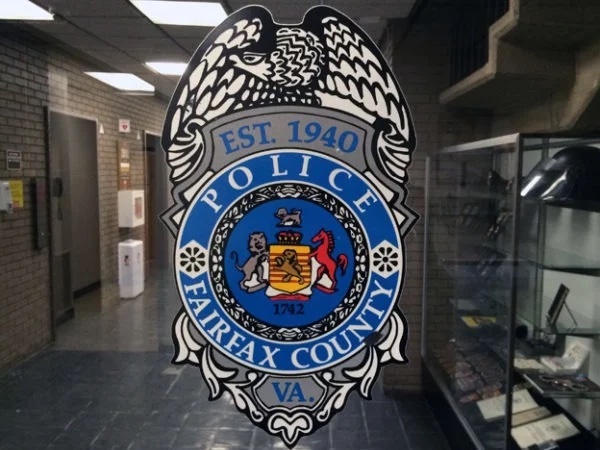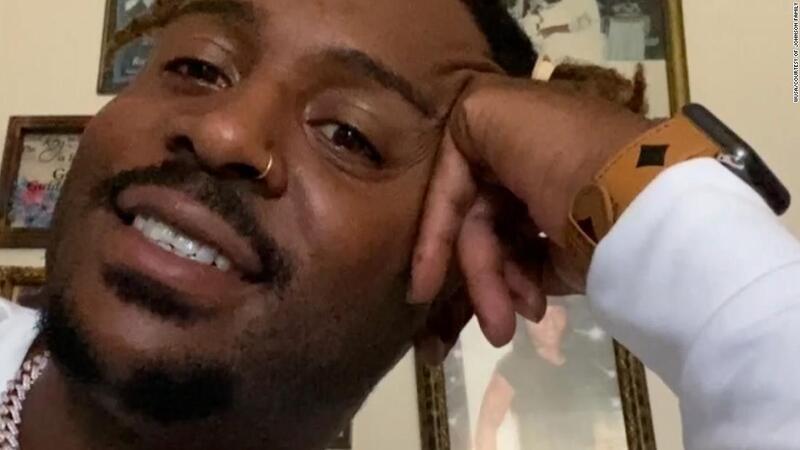Surveillance of Black Bodies
About two decades after the resistance at Spring Bank, the Emancipation Proclamation was declared by President Abraham Lincoln, ending legalized slavery. An end to slavery also brought an end to the slave patrol system. Even though slave patrols became illegalized, the surveillance of Black communities did not end. The Ku Klux Klan adopted techniques from slave patrollers, such as breaking up the gathering of Black communities as well as beating and lynching free Black people. These actions continued to persist to combat the fear white people had about freed Black people and to carry out the mentality that Black people need to be civilized. The Ku Klux Klan and other volunteer groups were created to continue the legacy of controlling Black lives and later turned into the police force. The police force adopted the same techniques “to confine, question, brutalize, and release suspects without recourse to more formal judicial settings, just as slave patrollers had done on their nightly rounds for the sake of racial control” (Hadden, 2001).
In the 21st century, there is still evidence of the surveillance of Black lives being applied by the police force. In Fairfax County, there has been evidence that the police have disproportionately used force against Black people. According to the data studied by the University of Texas “The county police had 576 use of force incidents against Black people…[the county is] 10% Black” (Bonessi, 2021). This data shows that the police force is still being used to control Black lives in a way that is detrimental to them, especially with the fact that Black people only amount to 10% of the population. This control has resulted in lethal force being used and the death of Black people at the hands of Fairfax County Police. In February of this year, a Black man named Timothy Johnson was accused of shoplifting sunglasses at Tysons Corner Mall. He was chased outside of the mall into the woods by Fashion Boulevard. Sergeant Wesley Shifflett then shot Johnson, resulting in him being killed. Two months later, a jury failed to hold Sergeant Shiftlett responsible for the death of Timothy Johnson, letting him walk free.
The death of Timothy Johnson and the acquittal of Wesley Shiftlett shows the modern relationship between a Black person and a police officer in Fairfax County as compared to the relationship between an enslaved person and a slave patroller. Wesley Shiftlett was trying to enforce the mentality that slave patrollers had which was to protect the lives of citizens from Black people. When Shiftlett was fired from the police department, it was for “disobeying use-of-force rules” resulting in the death of Johnson. The incident of Johnson allegedly stealing sunglasses didn’t warrant a police officer killing him, but with the mentality, the police force has at times, they believed it was justifiable. Shiftlett’s attorney stated “The law on this point is clear. A police officer is authorized—and trained—to use lethal force when he reasonably believes that he is in jeopardy of serious bodily harm or death” (Coleman, 2023). This idea goes back to the narrative of white people being in fear of Black people and taking matters into their own hands, as slave patrollers and the Ku Klux Klan previously did. Shiftlett’s acquittal can be further connected to the Virginia Black Law which stated “if any slave resist his master, or owner, or other person, by his or her order correcting such slave, and shall happen to be killed in such correction, it shall not be accounted felony; but the master, owner, and every such other person so giving correction shall be free and acquit of all punishment and accusation for the same, as if such incident had never happened” (Guild, 1936). The police involved had the authority to correct Johnson’s behavior by arresting him, but because he ran away, he was resisting the correction In the eyes of the police were involved in Johnson’s death. The jury then acquitted Shiftlett for murdering Timothy Johnson since it happened while trying to “correct” Johnson as if using lethal force for a situation that didn’t require it was justifiable.
In the case of the resistance at Spring Bank and the death of Timothy Johnson, the Black lives involved in both incidents were not viewed as ordinary citizens. As Spencer and Alfred were deemed imprudent, Timothy Johnson was also viewed as a criminal. The police brought up previous felonies on Timothy Johnson’s record, trying to paint him as a threat. This type of language has been used to justify the lynching of Black people, such as Spencer and Timothy Johnson. The traditional narrative that Black people need to be controlled and police officers are the ones that have the authority to control them by any means, lethal or non-lethal, needs to come to an end.
Tosin Olanrewaju



